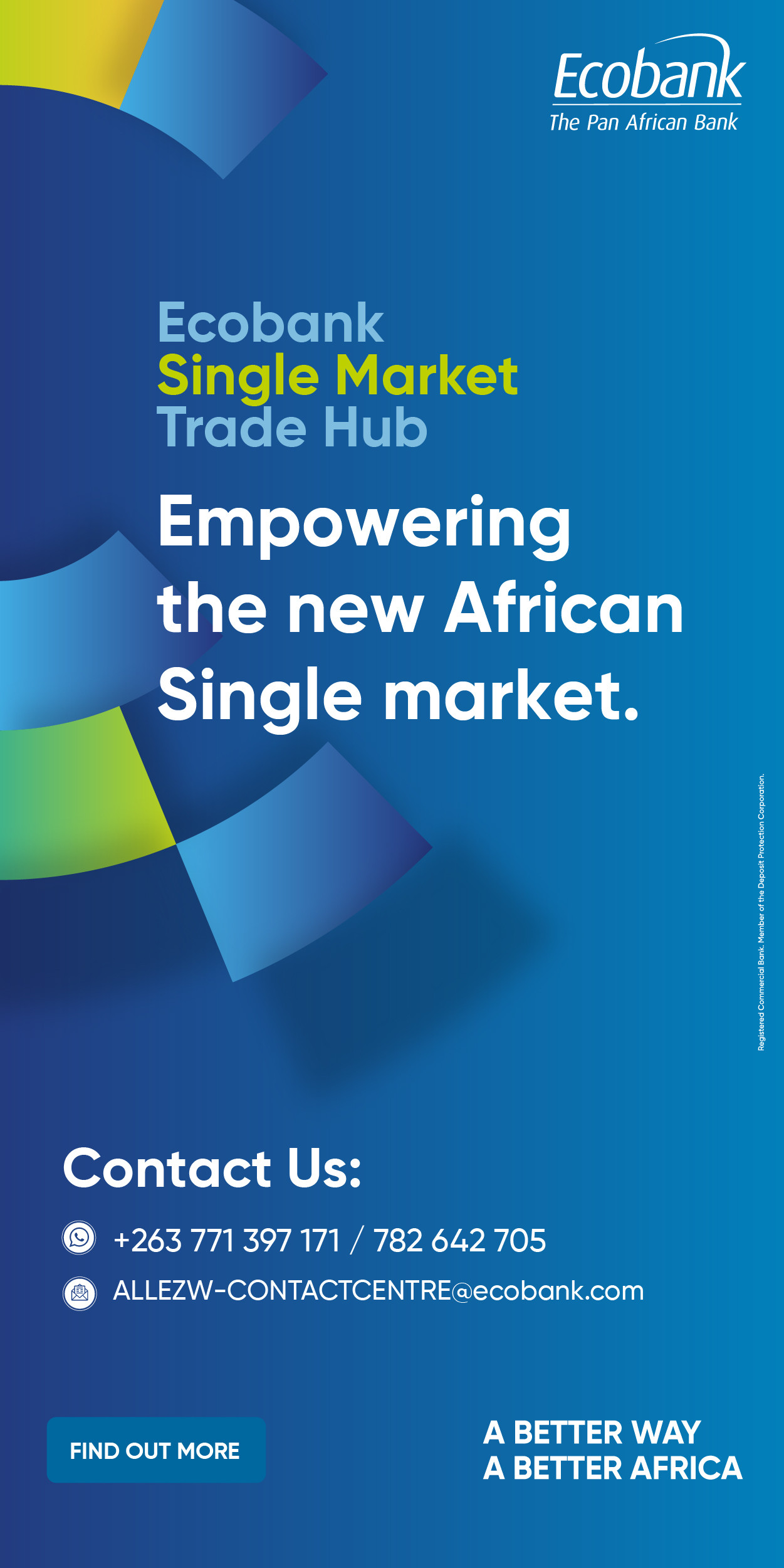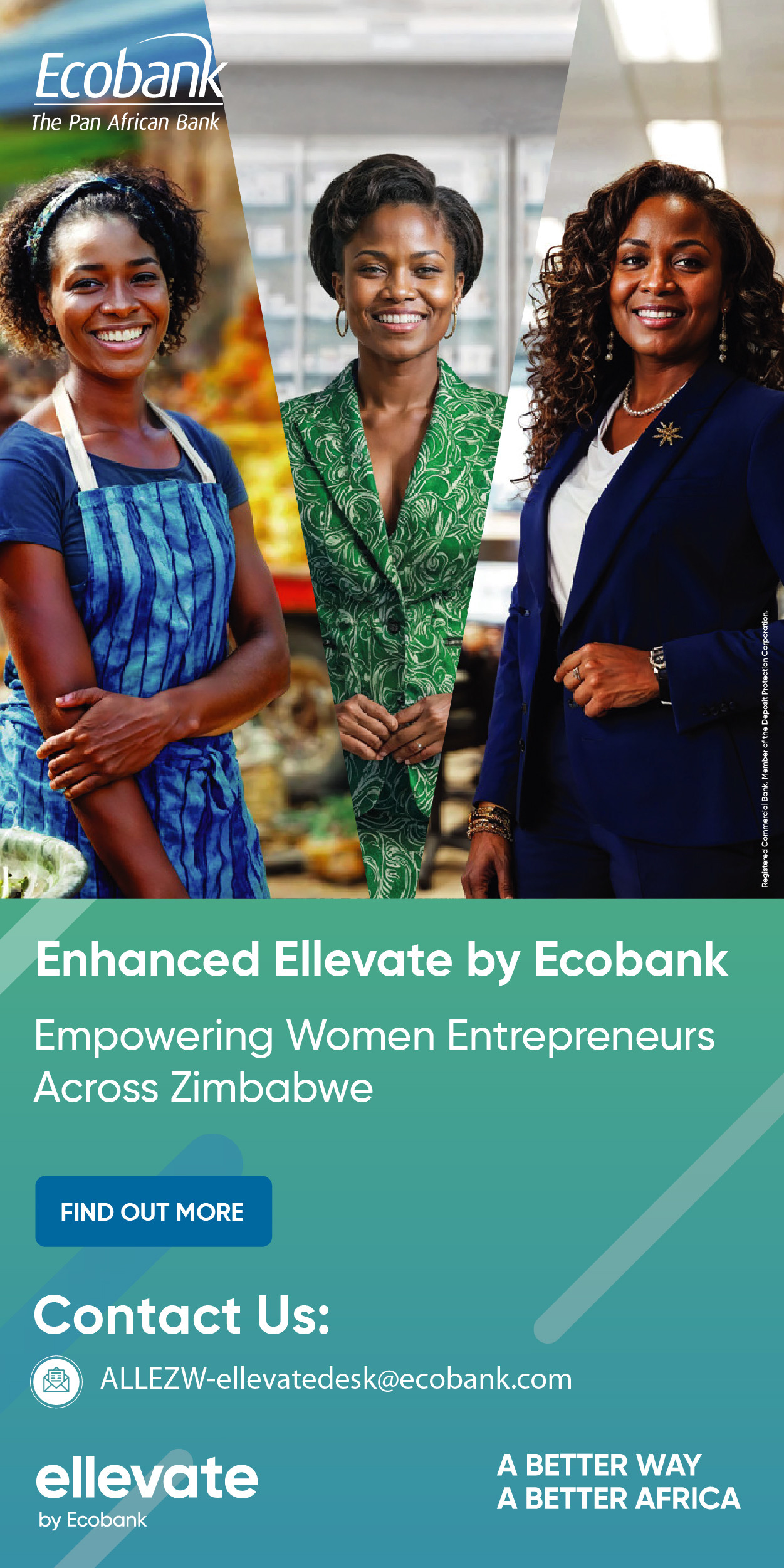- Nampak experienced a 20% reduction in sales volumes, impacting overall revenue
- But still reported a profit of US$2.88 million
- The company is strategically targeting SADC markets to compensate for lost domestic market share
- Nampak emphasises cost optimisation and operational efficiency to enhance competitiveness
Harare- Nampak Zimbabwe, the country’s largest packaging firm, reported a challenging first half of 2025, with revenue declining by 17% to US$38 million from US$45.78 million in the prior year, as detailed in its 2025 half-year financial results.
This downturn was driven by a 20% reduction in sales volumes and margin erosion, reflecting broader economic and operational challenges.
Trading income fell by 28% to US$3.78 million from US$5.28 million, impacted by lower volumes and the absence of significant exchange gains from the previous year.
Despite these setbacks, Nampak remained profitable, with profit for the period at US$2.88 million slightly below US$3.12 million in H1 2024, and headline earnings improving significantly from a loss of US$(6,075,983) to a profit of US$2,293,154, indicating better underlying performance when adjusted for exceptional items.
Total assets stood at US$44.76 million, with total equity at US$30.83 million, suggesting a stable financial position despite the revenue decline.
Capital expenditure of US$2.31 million was directed toward expansion projects and enhancing generator capacity at Megapak, signalling a proactive approach to addressing operational bottlenecks.
Sectoral performance revealed significant disparities.
1HY performance in USD Millions
The Hunyani Paper and Packaging division, a core segment, experienced a 30% drop in sales volumes, attributed to reduced tobacco carry-over from a lower 2024 crop compared to the bumper 2023 season, and a 25% decline in commercial volumes as customers increasingly turned to self-manufacturing.
This segment’s challenges highlight the cyclical nature of the tobacco industry and the structural threat of losing market share to in-house production.
In contrast, the Plastics and Metals segment showed mixed results. Megapak volumes were 6% lower, exacerbated by increased informalisation of the formal sector and plant breakdowns due to power cuts in Ruwa, while CarnaudMetalbox’s plastics (HDPE) volumes rose by 10% due to increased demand.
However, metals volumes fell significantly due to raw material availability issues and product portfolio rationalisation, and closures were 20% below the prior period due to weak demand.
Operational challenges further compounded these issues, including severe power outages, policy-driven disruptions, liquidity constraints, and supply chain delays via Beira Port, as noted in the financial results.
These factors weakened demand, particularly in tobacco and retail segments, and disrupted route-to-market channels.
Despite these hurdles, management’s focus on cost optimisation and regional expansion, as stated by Managing Director Van Gend, aims to replace lost volumes and regain competitiveness.
The outlook is cautiously optimistic, with encouraging growth in the corrugated market due to an increased 2025 tobacco crop and promising prospects in beverage markets, driven by sustained high efficiencies.
Exploring Regional Markets for Expansion
Nampak Zimbabwe’s strategy to expand its footprint into regional markets is a response to declining domestic volumes and an opportunity to leverage growth in the Southern African Development Community (SADC).
The SADC region, comprising countries such as Zambia, Malawi, Mozambique, Botswana, and South Africa, offers significant potential for packaging demand due to its growing economies and expanding agricultural and industrial sectors. The choice of these markets is informed by their economic profiles and alignment with Nampak’s expertise:
Zambia and Malawi are major tobacco producers though lagging Zimbabwe, aligning with Nampak’s strengths in paper and packaging for agricultural products. Malawi’s tobacco industry is a key economic driver, creating steady demand for packaging solutions, while Zambia’s agricultural sector, including tobacco and other crops, presents opportunities for export-oriented packaging needs.
TSL Limited’s acquisition of a 51.43% stake in Nampak Zimbabwe for US$25 million, with plans to modernise facilities and expand operations , suggests a strategic push into these markets to enhance operational efficiency and growth.
Mozambique, with its growing economy and agricultural sector offers potential for packaging demand, particularly for food and beverage products. However, logistical challenges, such as supply chain delays via Beira Port mentioned in Nampak’s results, could complicate operations, requiring robust logistics solutions.
South Africa as the most industrialised economy in the region presents opportunities in commercial packaging for consumer goods, food, and beverages, driven by a growing retail sector.
However, it is also the most competitive market, with established players like Mondi and Sappi dominating the packaging industry, posing a significant barrier to entry.
Botswana and other SADC countries may offer niche opportunities, particularly in sectors like food processing and retail, where packaging demand is growing, but they require tailored strategies to address smaller market sizes and local competition.
The SADC region’s economic landscape is characterised by currency volatility, import tariffs, and varying regulatory frameworks, while logistical challenges, such as underdeveloped transport infrastructure in some countries, could impact distribution efficiency.
To succeed, Nampak must invest in market research to understand local consumer preferences, regulatory requirements, and distribution networks. Strategic partnerships with local distributors and tailored product offerings will be essential for effective market penetration, especially given the competitive landscape and the need to replace lost domestic volumes.
To compete effectively in the SADC region, Nampak must strengthen its operational capabilities and embrace packaging industry innovations. The following areas are critical for
Severe power outages have disrupted production, particularly at Megapak, with plant breakdowns in Ruwa impacting the ability to meet customer demand. Nampak should explore sustainable solutions like solar or other renewable energy sources to ensure long-term reliability, especially in markets where power infrastructure may be similarly challenged.
Addressing supply chain delays, such as those via Beira Port, is critical. Diversifying supply chains and investing in logistics infrastructure, such as warehousing and transport networks, will enhance Nampak’s ability to serve regional markets efficiently. This is particularly important given the logistical challenges in countries like Mozambique and Zambia.
With declining volumes and margins, Nampak must streamline operations, reduce waste, and improve efficiency to maintain competitiveness. This includes optimising production processes, negotiating better terms with suppliers, and leveraging economies of scale in regional operations.
The focus on cost optimisation, as mentioned by management, is a strategic priority to enhance pricing power in price-sensitive markets.
Meanwhile, the global shift toward eco-friendly solutions presents an opportunity for Nampak to develop biodegradable or recyclable packaging, appealing to environmentally conscious consumers and meeting regulatory demands in markets like South Africa, where sustainability is increasingly prioritised. This aligns with industry trends and could differentiate Nampak from competitors.
Incorporating technologies like QR codes, NFC tags, or sensors can add value by enabling product tracking, authentication, and consumer engagement. This is particularly relevant for tobacco packaging, where authenticity is a growing concern, and could be a competitive advantage in markets like Zambia and Malawi, where counterfeit products are a challenge.
Developing lighter materials can reduce transportation costs and environmental impact, making Nampak’s products more attractive to cost-sensitive customers in the region. This innovation could also lower logistics costs, addressing one of the key operational challenges in SADC markets.
These enhancements are crucial for Nampak to differentiate itself from competitors and meet the evolving demands of regional markets, particularly in the face of competition from regional giants like Mondi and Sappi, and smaller local players offering lower-cost alternatives.
Probability of Winning in Regional Markets and Competitive Analysis
Nampak Zimbabwe’s probability of success in the SADC region is assessed at moderate to high (60-70%), contingent on effective execution of its strategy.
Therefore, while Nampak Zimbabwe faces significant challenges in its domestic market, its strategy to expand into regional SADC markets is a logical and promising response.
With focused execution, leveraging its tobacco packaging expertise, and addressing operational hurdles, Nampak has a moderate to high probability of achieving its regional expansion goals, positioning itself for sustainable growth beyond Zimbabwe’s economic constraints.
Equity Axis News





